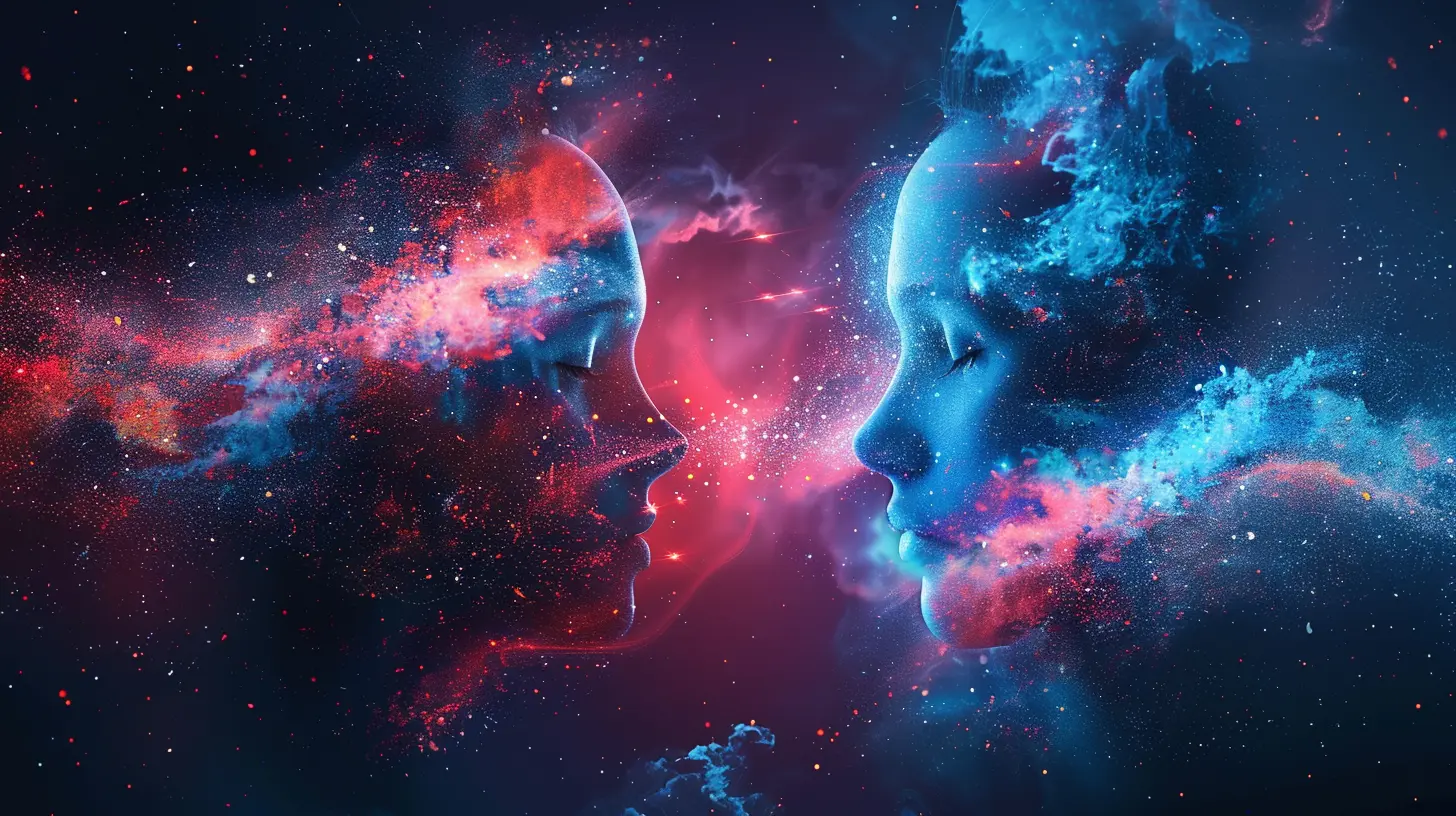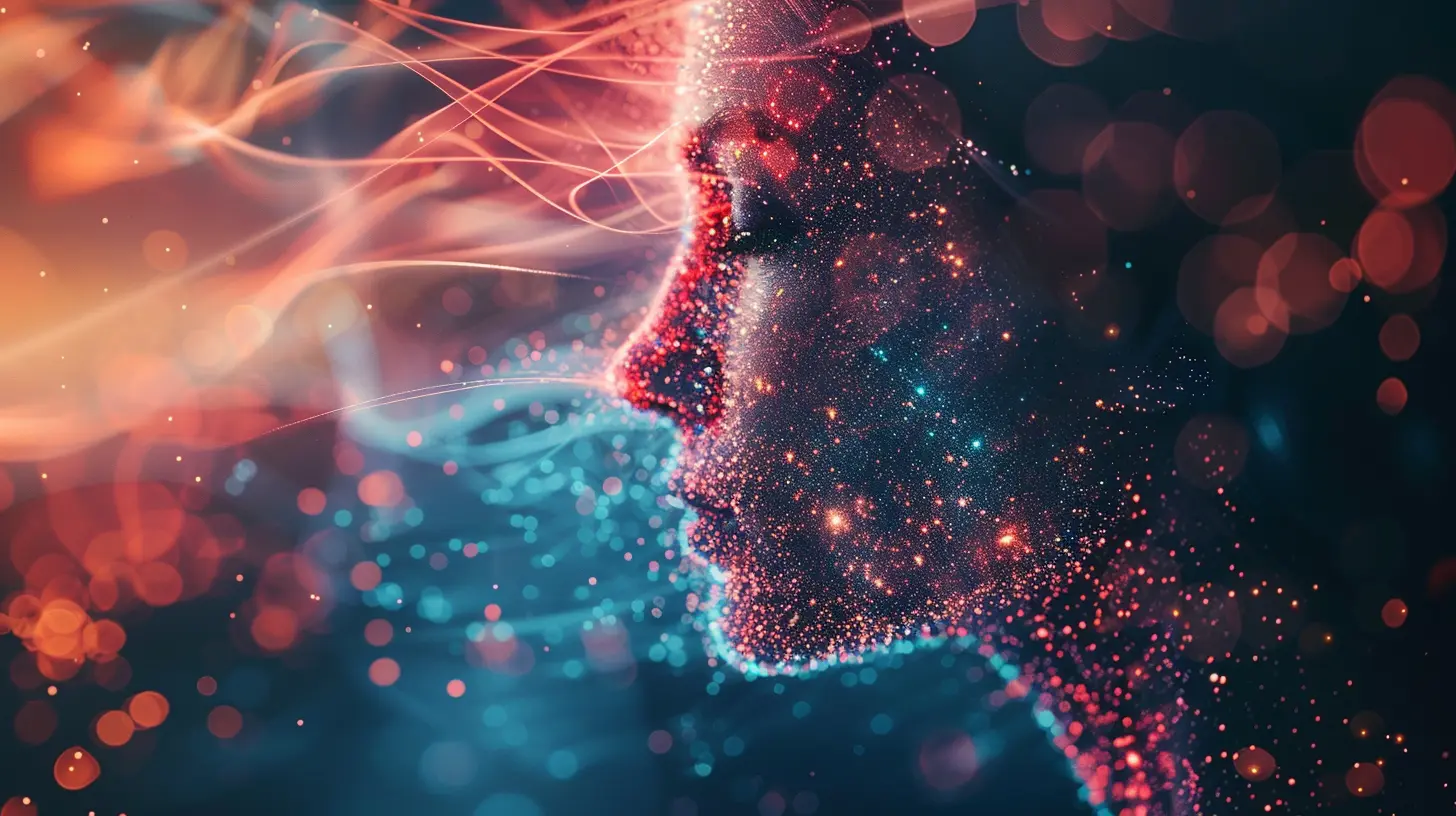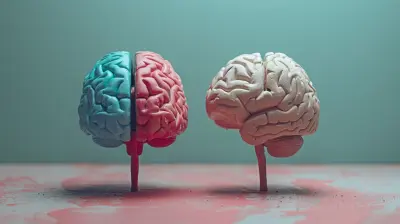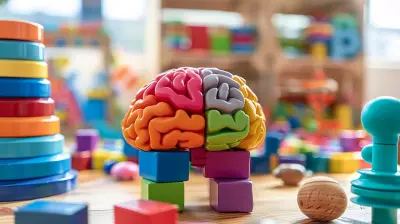The Science of Healing Emotions: What Neuroscience Tells Us
24 June 2025
Let’s face it—emotions can be messy. One moment you’re sipping your coffee like a calm, sophisticated adult, and the next, you're spiraling into an emotional meltdown over a one-word text. Sound familiar? Yeah, we've all been there. But what if I told you that science—yes, good ol’ neuroscience—might just hold the keys to healing those emotional wounds?
Too often, emotions are treated like invisible gremlins in our heads—mysterious, chaotic, and impossible to wrangle. But science says otherwise. Neuroscience is slowly but surely decoding the tangled web of our emotional lives, and spoiler alert: it’s not all doom and gloom.
So, buckle up, buttercup. We're diving deep into the brain's emotional jungle to uncover how healing actually happens, what your brain's got to do with it, and how to ride the waves of your inner world like a badass surfer.
Table of Contents
1. What Even Are Emotions?2. Where the Heck Do Emotions Live in the Brain?
3. Trauma, Triggers, and Neural Tangles
4. Neuroplasticity: Your Brain’s Superpower
5. The Role of Feel-Good Chemicals (We’re Looking at You, Dopamine)
6. Mindfulness, Meditation, and Mental Rewiring
7. Therapy Isn’t Just Talk—It’s Brain Training
8. How Sleep, Nutrition, and Exercise Fuel Emotional Recovery
9. Practical Steps to Begin Emotional Healing (Backed by Science!)
10. Wrap-Up: You’ve Got the Power (Literally)

1. What Even Are Emotions?
Let’s start simple. Emotions aren’t just pesky feelings that hijack your brain during inconvenient times. They’re complex biological signals that your brain sends in response to internal or external events. Think of them as emergency flares—super useful when something’s up, but a fire hazard if left uncontrolled.Every emotion has a job. Fear? Keeps you alive. Joy? Encourages connection and repetition of good stuff. Anger? Sets boundaries. Sadness? Tells you something’s wrong. Emotions communicate vital information, whether you're conscious of them or not.
2. Where the Heck Do Emotions Live in the Brain?
So where is the HQ for all this emotional chaos?Meet your limbic system. This brainy hotspot includes the amygdala (your emotional alarm system), the hippocampus (your memory librarian), and the hypothalamus (your hormonal traffic controller). These VIPs work together to process, interpret, and react to emotional events.
Oh, and the prefrontal cortex? She’s the rational queen trying to keep everyone else in check. The problem? She doesn’t fully develop until your mid-20s. So if you made some messy emotional decisions in your teens… yeah, blame biology.
3. Trauma, Triggers, and Neural Tangles
Let’s get real. Emotional wounds, especially from trauma, can leave behind some serious neural baggage. When you experience trauma, your brain rewires itself to survive future threats—problem is, it doesn't always get the memo when the danger is gone.This reprogramming shows up as hypersensitivity, anxiety, depression, or those lovely little triggers that derail your whole day. It’s not all in your head—it’s in your synapses.
But here’s the kicker: your brain can also unlearn those fear-based patterns. Yep, healing is possible. It just takes time, intention, and a dash of neuro-magic (aka science).
4. Neuroplasticity: Your Brain’s Superpower
Superman? Cute. But have you met neuroplasticity?Your brain is constantly rewiring itself. Every thought, behavior, and emotion carves new neural paths—or strengthens old ones. So, if you’re stuck in emotional quicksand, you’re not doomed. You’ve got the power to build new mental highways.
Imagine your brain like a snowy path. The more you walk a certain trail (aka a thought pattern), the deeper it gets. If you've spent years thinking "I’m not good enough," that trail is practically a canyon. But guess what? You can make a new trail—and eventually, the old one fades.
Brains are wild, right?
5. The Role of Feel-Good Chemicals (We’re Looking at You, Dopamine)
Let’s talk about the body’s internal cocktail party: neurotransmitters.Dopamine, serotonin, oxytocin, and endorphins are the celebrities of emotional health. These chemicals regulate mood, motivation, bonding, and general happiness.
Dopamine? The reward queen. She lights up when you accomplish something or eat your favorite chocolate.
Serotonin? The mood stabilizer. Low levels can mess with your emotional wellness big time.
Oxytocin? The connection drug. Gets released during hugs, eye contact, and yes—when petting your dog.
Endorphins? Natural painkillers that also show up when you laugh, cry, or even exercise.
Balancing these bad boys is like keeping a hormonal rock band in harmony. But do it right, and your emotional concert starts sounding a whole lot better.
6. Mindfulness, Meditation, and Mental Rewiring
Nope, mindfulness isn’t some woo-woo trend. It’s neuroscience-backed gold. MRI scans show that regular meditation thickens your prefrontal cortex and shrinks the amygdala. Translation? You stay cool under pressure, and the emotional alarms stop going off like a car with a busted battery.Mindfulness gives you enough mental space to respond instead of react. It builds awareness, reduces stress, and even lowers cortisol levels (the stress hormone that messes with your body and mood).
So yes—10 minutes a day sitting in silence can literally rewire your brain. Go figure.
7. Therapy Isn’t Just Talk—It’s Brain Training
Still think therapy is just crying on a couch? Think again.Cognitive Behavioral Therapy (CBT), EMDR, and somatic therapies are grounded in neuroscience. They help reroute unhealthy thought patterns and create new emotional responses. EMDR, for example, uses bilateral stimulation to “unstick” traumatic memories. Wild, but it works.
What’s really happening? You’re training your brain to recognize, reframe, and release. It’s like going to the gym for your emotions—painful at first, but incredibly worth it.
8. How Sleep, Nutrition, and Exercise Fuel Emotional Recovery
Bet you didn’t think healing emotions had anything to do with your diet or sleep habits. Oh honey, it TOTALLY does.- Sleep: Your brain processes emotional stimuli during REM sleep. Skimp out, and your brain throws tantrums the next day.
- Exercise: Moves your body, boosts endorphins, and literally shakes off stress. Also helps reset your nervous system after trauma.
- Food: Your gut is nicknamed the “second brain” for a reason. A poor diet = inflammation, and inflammation = mood disorders.
So, if you’re surviving on pizza rolls and five hours of sleep? No judgment, but your emotional health is probably begging for a salad and a nap.
9. Practical Steps to Begin Emotional Healing (Backed by Science!)
Let’s break this down into bite-sized, brain-friendly tips:- Name it to tame it: Neuroscience shows that labeling your emotions reduces their intensity. So instead of “ugh,” try “I’m feeling overwhelmed.”
- Breathe like you mean it: Deep breathing activates your parasympathetic nervous system, guiding your body from fight-or-flight to rest-and-digest.
- Journal your feels: Externalizing emotions through writing helps the brain process them. Bonus: It boosts memory, creativity, and mood.
- Get moving: Whether it’s yoga, dancing, or a casual rage-walk—it helps release trapped emotional energy.
- Seek support: Whether it’s a therapist, a friend, or a support group, connection is key to healing. Your brain thrives in safe relationships.
Remember: emotional healing isn’t linear and it’s definitely not one-size-fits-all. But it is possible. Inch by inch, neuron by neuron.
10. Wrap-Up: You’ve Got the Power (Literally)
Here’s the tea—emotional healing isn’t some mystical, unreachable dream. It’s backed by science, and it’s already happening in you every time you choose self-awareness over autopilot. Your brain is not broken; it’s just trying to protect you with the tools it knows.But now? You’ve got new tools. Neural tools. Chemical tools. Breathwork, movement, mindfulness, therapy—all of it creates real, measurable shifts in your emotional brain.
So don’t let anyone tell you otherwise: Healing is not only possible—it’s neurological.
Now, go out there and rewire like the emotionally intelligent badass you’re becoming.
all images in this post were generated using AI tools
Category:
Emotional HealingAuthor:

Eliana Burton
Discussion
rate this article
2 comments
Soto
Neuroscience reveals emotional healing's complexity and potential.
November 27, 2025 at 3:53 PM

Eliana Burton
Thank you for your insight! Indeed, neuroscience uncovers the intricate processes behind emotional healing, highlighting its transformative potential.
Lucas McWhorter
Who knew our brains were such drama queens? Turns out, neuroscience can help us heal those emotional plot twists—no therapy couch required, just a sprinkle of brain science magic!
June 30, 2025 at 2:41 AM

Eliana Burton
Absolutely! Our brains are indeed complex, but understanding their inner workings can empower us to manage emotions more effectively. It's fascinating how neuroscience can guide us toward healing without traditional therapy!


